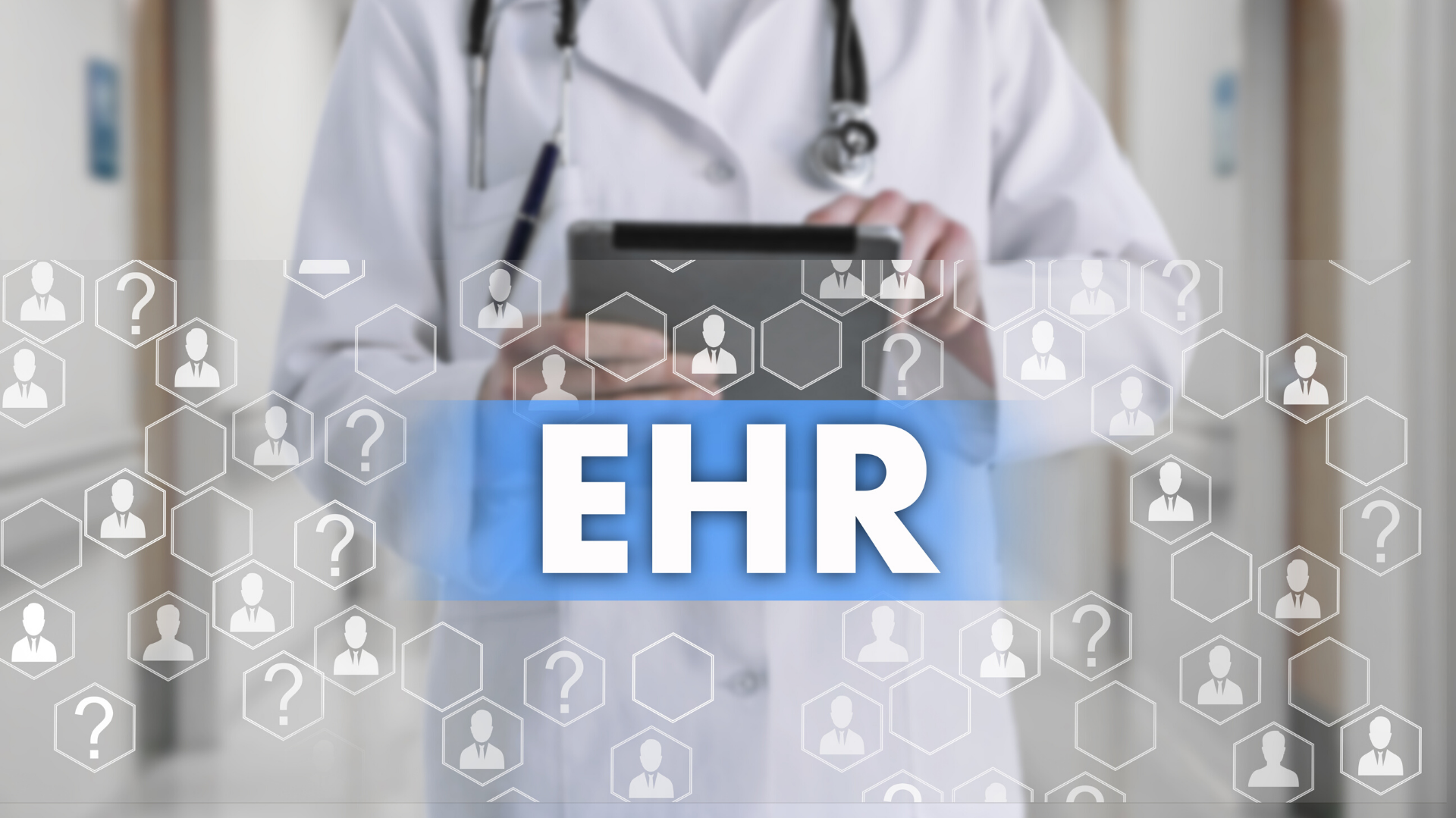Clinical workflows have become increasingly complex in recent years due to several factors, including the widespread use of technology like EHRs, increased documentation requirements, and the quick expansion of scientific knowledge.
Unfortunately, even though each of these advancements, as well as numerous others, benefit patients and healthcare professionals, they rarely make workflows easier.
However, some criticize healthcare information systems, while others look for practical solutions.
Nevertheless, there are methods that, when applied to the technologies in EHRs, can help doctors manage ehr workflow more successfully. This blog will let you know about these four tactics.
Leveraging the EHR for Effective Clinical Workflows
Electronic health record (EHR) systems frequently provide workflow automation options. When used effectively, these features not only encourage the speedy completion of tasks but also alter the nature of work done, producing better results.
Personalized documentation templates.
The most effective workflow tools are documentation templates for a specific presenting problem or procedure. In addition, they address a provider for specific patient interaction, one of the most time-consuming clinical activities.
Documentation templates can be connected in some EHRs to frequently requested orders and patient education materials, saving time in routine clinical situations. Documentation templates can typically be distributed across members of a department or organization, but specific users can also alter them to fit their preferences.
Task delegation.
In most practices, only some problems require a provider to solve them. It may be permissible for non-providers or even non-clinical workers to do specific responsibilities depending on the qualifications of other team members. For instance, many practices set up their EHRs so that requests for prescription renewals are automatically routed to nursing staff, who can approve renewals on the clinician’s behalf based on established processes for popular prescriptions. In these situations, the provider only receives requests that don’t meet the strict requirements for delegated renewal.
Follow-up reminders
The next stage in a patient’s care plan frequently happens after an encounter. For instance, if a patient’s blood pressure were previously normal but was mildly increased at one visit, the patient would be asked to return in a few weeks for another check to see if the elevation represents a long-term trend. Likewise, if a patient’s abdominal pain does not go away after receiving advice to do so, more diagnostic evaluation will take place. Or a patient may receive the first dose of a series of vaccinations with instructions to return for the subsequent dosage at the proper interval.
While the patient must follow through in each of these situations, many clinicians will wish to take some precautions to ensure that the intended outcomes of the following steps are achieved. The option to send a reminder message to one’s individual EHR message inbox for transmission at a later date is one strategy that uses a feature that various EHRs have. The message is a timely and helpful reminder to make sure the follow-up takes place when the date comes. This exemplifies a key idea in ehr workflow management: sometimes, a very straightforward strategy is required.
Customization of clinical decision support (CDS) features.
When a physician is working in the EHR, CDS features include a variety of notifications and reminders that appear to them. The information is then presented to the doctor by CDS alerts after comparing the patient’s data to some underlying reasoning that reflects a standard of treatment.
Conclusion
The types of EHRs currently on the market can support all the approaches above to managing EHR workflows. There are still many other features to investigate, such as establishing default settings for prescribing specific medications, ensuring that referrals and other orders are routed to the people or team who can best carry them out, and automating particular types of patient communication. EHR systems’ workflow management capabilities can and must develop simultaneously.




